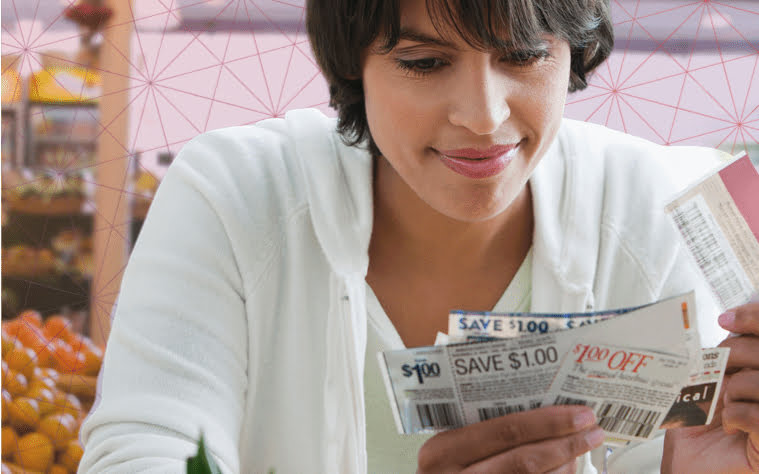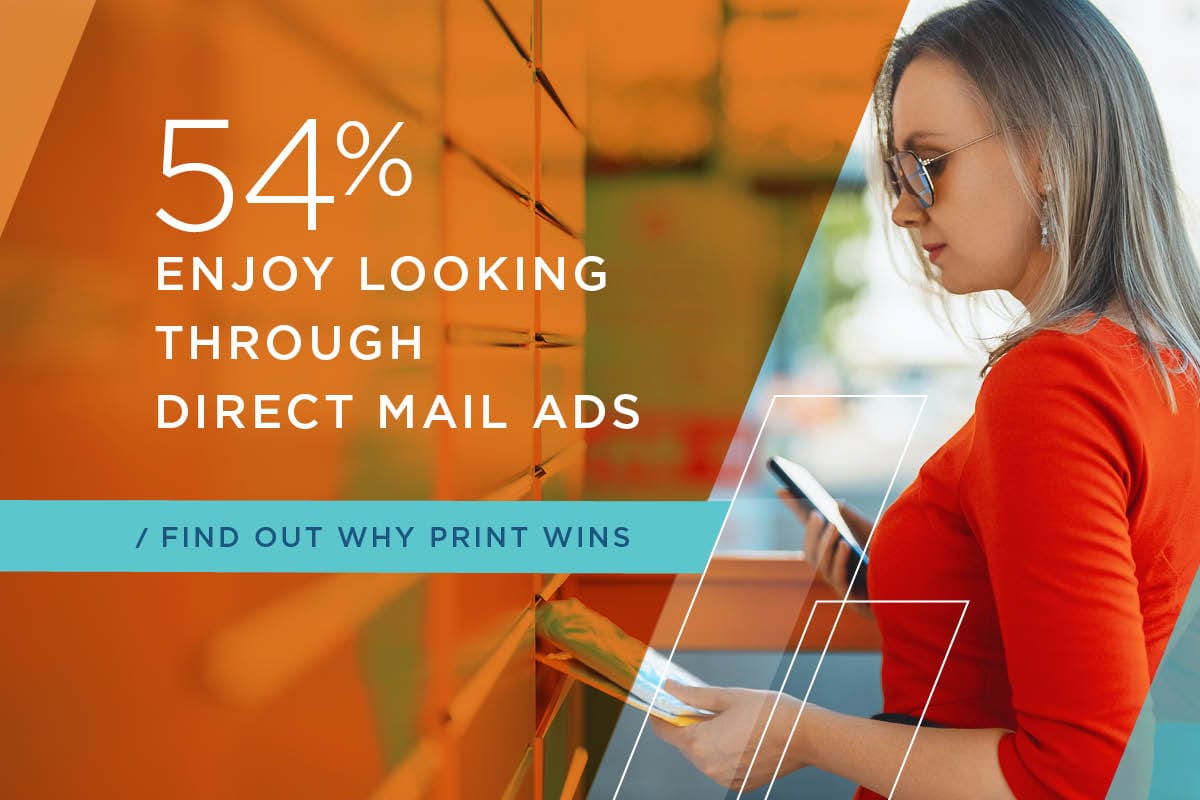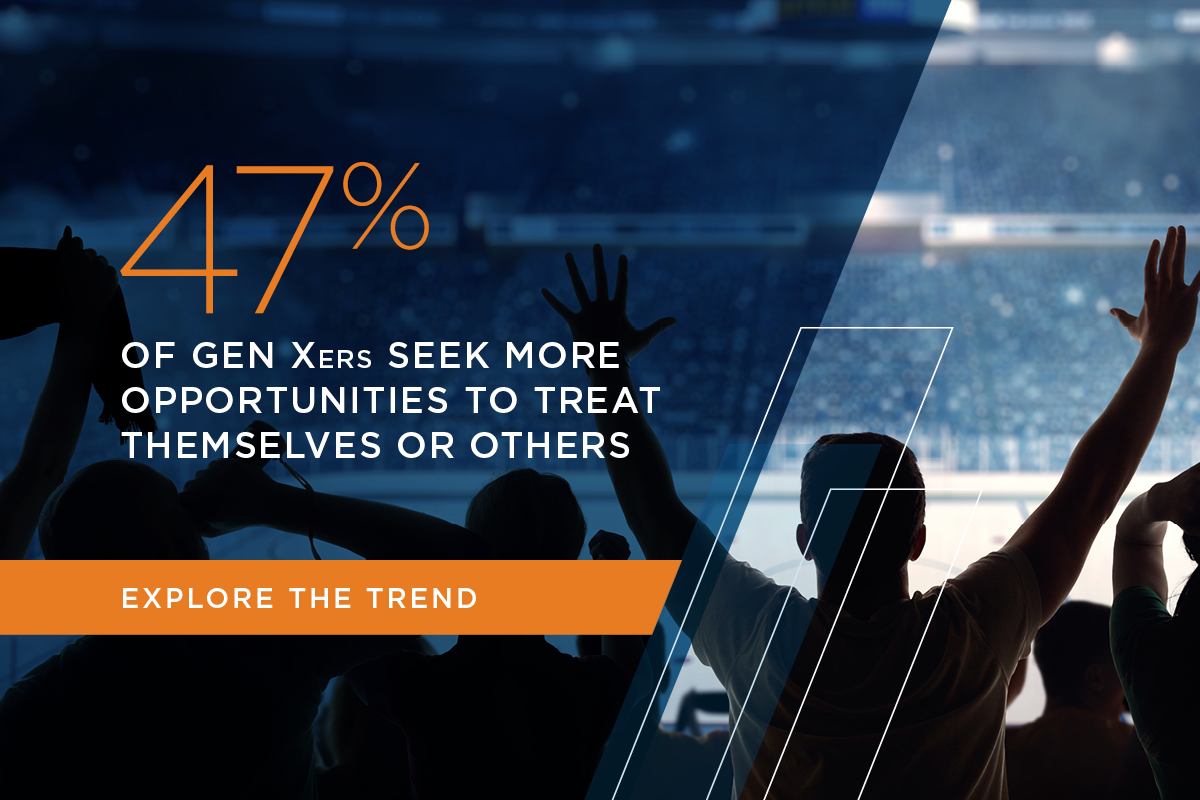Summary
Clipping coupons is still a favorite national pastime, saving consumers $3.1 billion last year, NCH recently reported.1 Everything we’re seeing aligns with this. Consumer mindset and behaviors show us that coupons are playing as prominent a role as they ever have.
The Landscape
Kantar has reported higher inflation coming our way, which puts pressure on the budgets of low to middle income shoppers. This inflation will affect fresh food prices first, but will eventually reach all goods. Concerns among lower income shoppers – particularly among those with retirement concerns – are driving cautious spending. And workers aim to funnel any tax cut dollars towards savings or paying down debt.2
A 2017 survey which polled over 3,000 workers to understand their perspectives on working and spending, found that 78 percent say they live paycheck to paycheck, up three points from last year. Home and rent costs are rising fast, two times the rate of wages. And finally, 71 percent of workers say that they are in some type of debt.3
All of this – and more – supports why 38 percent of shoppers believe they need to stick more closely to a budget in 2018.2
So while consumer confidence is high and unemployment in the country is the lowest since 2000, according to the Bureau of Labor Statistics,4 economists are bracing for more spending shifts and consumers still seem to be just trying to keep up. Or dig out.
Save Money, Feel Good
All of this begs the question: what’s really going on with consumers, and how do all the above factors impact the purchase journey? Some of the answers can be found in a recent survey which seeks to understand the triggers that cause a consumer to consider and buy.
The benefits drive these behaviors and the continued demand for value. For example, among those using more coupons than last year, why are they using more? Because, most of all, consumers want to save money. A distant second to saving money is to stretch budgets and manage the rising cost of food. Surprisingly, right up there with these reasons is also the fact that many consumers LIKE using coupons: they enjoy the “treasure hunt” – and the “high” they get from saving money and being a smart shopper.
Newsflash: coupons are a major purchase trigger. Cast as part of “the new normal” following the Great Recession, coupon behaviors have greatly solidified. They’re now just normal.
Talk about being a smart shopper, there’s a good contingent – 73 percent, in fact – that will ONLY buy a product with a coupon. And over 40 percent of all shoppers report seeing their savings increase from using coupons vs. last year.5 Coupons are a way to both save some money AND feel good about doing it.
Planning & Lists
On the consumer path to purchase, planning is still the starting point and plays an integral part in the shopping journey. Sixty percent of consumers buying health and beauty products agree that their purchase decisions are made while planning “at home,” this is well above other planning points, like “during the trip” (23 percent), “on way to store” (11 percent) and “online” (2 percent). These percentages are similar for household goods and food purchases.5
In addition to planning, shopping lists also play an important role and coupons are major influencers on whether or not a brand will “make the list.” In fact, 88 percent of shoppers say they use coupons to decide what goes on their list.5
And, finally, marketers take note: the number one reason that consumers DIDN’T buy a product on their list was because they saw another promotion at the store.5
So, we can conclude that lists are important and coupons influence which brands get ON the shopping list, as well as why a consumer might deviate for a BETTER discount. In the end, the incentive to save money drives a significant part of the consumer journey.
Trial & Switching
Important for all marketers, is the fact that coupons weigh so heavily in the consumer decision-making process – this is especially important for those introducing new brands, whether national or private label. In fact, nearly 90 percent of all consumers are influenced to try a new product or choose a brand they would not typically buy, if a coupon is offered. And, if you target a millennial or other smartphone shopper in-store and deliver a coupon, there’s a really good chance they will switch brands because of the coupon received (63 percent). Seems people are more coupon-loyal than brand-loyal these days. Even if a coupon isn’t delivered to them, 61 percent of shoppers will look for a discount – on their smartphone – while in the store.5
The bottom line is that an attractive coupon offer can be a game-changer for new product launches. And, delivered in the right environment, it can begin a relationship with a consumer, ultimately changing their behavior.
Retailers Win Too
Tipping the scale with consumers is one thing, but retailers also reap rewards from coupons.
Most consumers are getting smarter about how they are shopping – we see it in how savings influence store selection. For example, 43 percent of shoppers let a coupon help them decide where to shop, and 85 percent say they will switch stores to take advantage of weekly specials.5
So coupons can, and do, drive consumer decisions on where to shop. It’s no surprise that the highest-frequented channel where coupons are used is the grocery store – pulling the highest percent of responses to the question “At what type of store are you most likely to use coupons?” – which explains why grocery captures the highest percent of all coupon redemptions, a 57 percent share according to NCH.6 But consumers DO use coupons across channels.
As the data points suggest, just as there is less brand loyalty these days, there is also less retailer loyalty – it’s more about the best deal and the best opportunity to save.
To Wrap Up…
The economy may be improving and consumers may have more confidence, but they haven’t abandoned the behaviors of saving, using coupons and seeking deals. These behaviors have solidified and are now a “normal” component of U.S. shoppers.
Consumer demand for value is strong and plays a major role in influencing behavior, motivating their desire to save money – and saving FEELS GOOD.
The shopping list is alive and well and coupons influence what gets on that list. Whether it’s a new product or a better deal, shoppers are willing to make a switch or try something different if the incentive is attractive enough.
And finally, retailers can generate new business and retain existing customers by promoting deals and delivering coupons – a great way to win more trips and insulate themselves from the momentum of ecommerce.
Sources:
- Supermarket News, Feb 13, 2018: Coupon Redemption Declined in 2017; Report
- Kantar U.S. Retail Outlook, 2018
- Career Builder Survey: Living Paycheck to Paycheck is a Way of Life for Majority of U.S. Workers; August, 2017
- Bureau of Labor Statistics
- 2K18 Valassis Coupon Intelligence Study
- NCH Year End 2017 CPG Coupon Trends



